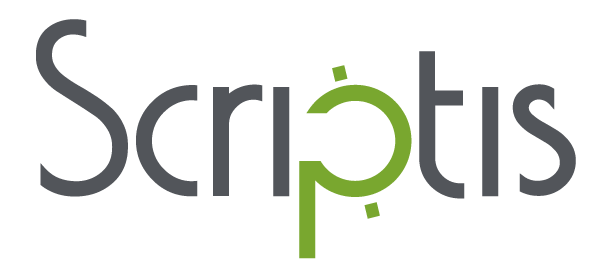Best practices for multilingual e-learning
Best practices for multilingual e-learning
When people learn something in their second language, regardless of fluency, they often think they understand more of the content than they actually do. Translation and localization are essential. Follow these best practices to create localization-friendly source modules for multilingual e-learning.
Creating multilingual e-learning involves both technical and cultural challenges. For example, the content needs to be accessible and or exportable from your e-learning authoring software. On the cultural side, you should make sure the images, examples, and scenarios used in your source resonate with your audience overseas. When developing e-learning for translation, follow these best practices to avoid both technical and cultural pitfalls:
Technical issues
- Use a Unicode-compliant e-learning authoring tool. This should not be an issue with the newer versions of popular e-learning tools.
- Create content modules that can be re-used and re-purposed, to enable use of e-learning content across other platforms. This helps maintain a favorable balance between localization costs and benefits. DITA authoring tools will help maintain consistency and accuracy across files and over time.
- Automate translation. Your language services partner should use computer-assisted translation (CAT) tools to extract and organize translatable text. Text that appears multiple times, like response categories, instructions, and/or information modules, will be translated once and automatically inserted in its proper place. In this way, CAT tools save time and money while ensuring consistency.
- Follow best practices to prepare for seamless integration of text, voiceover, animation, and video. See our separate post, “E-learning localization: minimize integration costs.”
Cultural and linguistic issues
- Neutralize content. No unnecessary jargon, geographical references, idioms, or jokes. If you must use acronyms, explain them. Use simplified language whenever possible.
- Request pre-translation cultural consulting. An in-country linguist can review the English course prior to translation. They will alert you to images or concepts that are either unfamiliar or unacceptable to the target audience.
- Plan for internal review. Consult with your language partner to decide at which stages your in-house review would be most efficient.
- Develop and follow a style guide and terminology conventions. Make sure you have a handle on the stylistic principles to be followed in all languages. Prepare and vet glossaries of important terminology with your experts, using in-country reviewers for this step if feasible.
- If you plan to use foreign language voice-overs, create a pronunciation guide for acronyms, brand names, and specialized terminology.
Localization for e-learning modules requires several steps, including translation and integration. Depending on your authoring platform, your language service partner might perform the integration. If your in-house team handles integration, plan to send the localized modules back to your translation partner for review and testing. This critical step ensures that your e-learning program works properly for your native-language audience. E-learning is an increasingly popular strategy for training a global workforce. If you have questions about how we can support multilingual e-learning development, just ask. We’ll be happy to answer any questions you have.
